By Satish Sharma
The shutting-down of two photographic exhibitions in Dhaka?s Drik Gallery in just the last few months proves that Bangladesh?s censors, unlike lightning, can strike at the same place more than once ? especially where Drik?s photographic practices are concerned. But then, Drik seems to have become a lightning rod inviting censure, and this will not be the last time either. Not if I know Shahidul Alam and his commitment to pushing photography in what he calls ?the majority world?. If actually being knifed has not stopped him, nothing will.
The British Council in Dhaka had once tried to shut down a Drik exhibition by Roshini Kampadoo because it ?hurt the image of Britain?. And in November last year it was the turn of the Chinese embassy in Dhaka that wanted an exhibition on Tibet, also in Drik, to be closed. When a personal visit by the Chinese Cultural Counsellor and his cultural attach? bearing gifts (calendar, a silk tie and tea) didn?t work, they invoked worsening diplomatic relations and brought to bear the weight of the Bangladeshi government, Special Branch police and even parliamentarians. But Alam didn?t buckle, instead inaugurating the exhibition in the street after the gallery was locked up by the police. He shut it down the next day, however, as a protest against the interference.
Alam?s new exhibition and installation, ?Crossfire?, should have been safer from threats of closure. It was not photojournalistic documentary or even an Americanised ?documentary style?. It showed no dead or disappeared people. Much more conceptual, it allegorically invoked the disappeared through subtler and quieter means. But because it dealt with ?crossfire? deaths by specially raised Rapid Action Battalions (in India, one would call these ?encounter deaths?), it drew fire ? and closure, and protests against the closure.
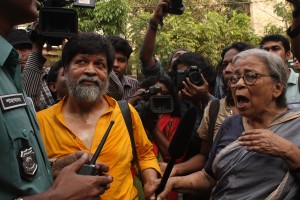
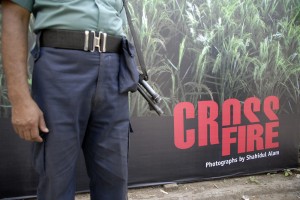
There is something about photography that invites censorship. The power of the photographic image simply has to be controlled, it seems ? one way or another. If ideas of aesthetics, beauty and spiritual values don?t work, governments pass and use anti-terror laws. And internationally applicable anti-terror laws, with the attendant globalised cultural control, are now beginning to have a universal presence, reach and influence.
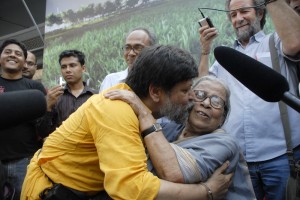
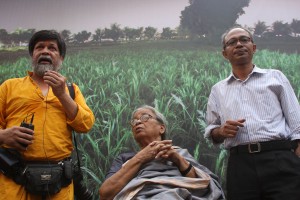
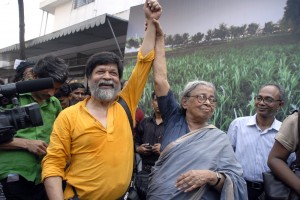
Any critical photography is subtly suppressed by evoking ideas of photography as a ?fine art?, and by inducing self-censorship before it is more pointedly and politically policed through action by the state?s security services. Self-censorship, I believe, was at the heart of the lack of any decent coverage, by Indian photographers, of the Emergency and the 1984 anti-Sikh riots.
The desire to control the photographic message is, however, universal. And that desire is as old as the medium itself. From colonial control of the photography during the 19th century to anti-terror laws in the era of the global ?war on terror? to control the photographic images of the 21st century, little seems to have changed. The power of photography to control and manipulate perception of the world?s raw realities is too important to be left unchallenged. It is noteworthy that these do not even have to be powers from one?s own country. Perception management is a global political strategy with a global reach; it is globally practiced.
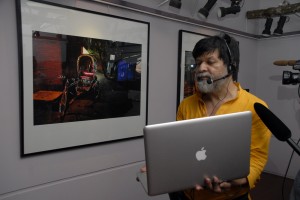
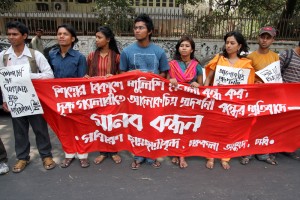
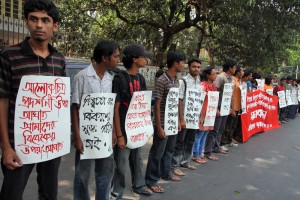
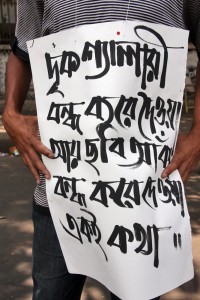
In February, Uzbekistan convicted a photographer for ?slandering the Nation?. Umida Akhmeddova had been documenting the daily struggles of ordinary people, and was accused of ?portraying the people as backward and poor?. Her ?photo album [did] not conform to aesthetic demands? and ?would damage Uzbekistan?s spiritual values?, said the expert panel appointed to look at her work.
The Abu Ghraib photos were not shot by professional photojournalists, yet special laws were passed by the US Congress to prevent their dissemination. Most of the pictures and video footage still remain out of reach ? legally secured, not only by the special acts of the US Congress, but also through the raising of issues such as the right to privacy of the ?victims? and their oppressors, and by wives of the soldier-photographers who raised issues of personal copyright to prevent these photographs from being seen more widely.
Anti-terrorism laws are also being used to prevent photography in Britain?s streets. Photographing the most well-known monuments has become suspect, with even professional press photographers being harassed by local police. Street photography, we have to remember, has a long and proud tradition, and the streets have a central space in the practice of urban photography. Even photography as a safely sanitised art form, a documentary style, is not a safe practice. But then, safety is not what should drive photography. It needs to recover and secure its critical spaces ? its critical power.
Satish Sharma is a photographer, critic and occasional curator. He was a former tutor at Pathshala and currently lives in Kathmandu.
The article was published in Himal Southasian
Related links:
Sri Lanka Guardian
Earlier post on Crossfire

Thanks you for sharing an interesting article.